Sam Bishoff, a high school student from Bainbridge Island, Washington, is the 2012 Jerry Jazz Musician Accent on Youth writer. His passion for jazz and the challenges he faces as
a youthful fan of it is the focus of the column.
*
This being my first article, I should tell you a little bit about myself and why you find me here writing this column. I am a child of the Northwest; I was born in Portland, Oregon but moved to Bainbridge Island, Washington at a young age. My parents both have a great appreciation for music, and they made sure I grew up surrounded with music. My love of jazz and blues has been with me for most of my life. I remember scat-singing and pretending I was all the different soloists in a big band before I even knew what improvisation was. If I could guess at the source of my love for jazz and blues, it would have to be the B.B. King tapes my parents would play for me as a kid. I have been playing tenor saxophone for nearly six years now (I have also picked up clarinet and a little piano) and I plan to continue playing as a career through college and into the foreseeable future.
I enjoy a variety of other activities and subjects besides music such as bouldering, rowing, science, and fine art. I like to think that the drive to explore these subjects is the same that pushes me to find new meaning and ideas in my music.
My goals for this column are to examine, explore and expand. I intend to learn just as much as the reader will. I also intend to be completely honest and unreserved. It is so rare that I can freely talk about my passion for jazz without getting strange looks. Mr. Joe Maita and Jerry Jazz Musician have provided me with a place to speak what I truly feel, and I am thankful.
– Sam Bishoff
_____
This column was originally published on January 21, 2012
*
Listen to Dinah Washington sing Accent On Youth
__________
An Emotional Language
__________________________________________
I don’t love “jazz.” That’s just a name. I don’t even love “music.” That’s just a title. As with many things in life, it is the ideas and expressions these words represent that matter. I love “that-feeling-you-get-when-Bird-plays-his-opening-three-note-fanfare-at-the-beginning-of- Parker’s-Mood-with-such-power-and-spontaneity.” Perhaps one of the many languages out there in the world has a word for this, but I have not found it yet. This is probably because emotion is so complicated and varied that it is almost impossible to describe. We try our best with “happy” and “sad” and “depressed,” but they don’t really tell us much. It seems to be the same with music. What does the term “avant garde” really tell us? Some might say it’s music that’s “out.” Well, out of what? If it’s “out,” then what’s “in?” And perhaps the most important question is, how do we know when we’ve reached the point of “out?”
When looked at closer, these terms that seem to roll so easily off the tip of our tongues become hard to define. Why is this? The best explanation seems to be that music is simply emotion. It’s emotion in sound waves. Instead of smiling or frowning, we play one note or another through our instrument, and our audience interprets it just as easily as if we were talking. The best music is a conversation with the audience and the best players are the ones who can keep that conversation interesting and lively.
This is why the ideas that “jazz” represents are so powerful and moving. Jazz has the spontaneity of a real conversation. A real-life conversation isn’t perfect or scripted or repetitive. It has dull moments and exciting moments and it’s improvised and it flows along in an undefined path. The same is true with jazz. Each musician brings a different energy level and voice to the table. The musical conversation smoothly flows between musical topics, each player having something to say about it.
Perhaps the biggest thing that separates jazz from other genres is that the conversation is never the same. The music that often makes jazz musicians cringe tends to sound like a computer program (often it is). It’s not that the notes are the same every time it’s played. No two big bands playing the same chart will ever sound the same. What really makes the cats wince is the complete lack of (dare I say it again?) emotion in many popular songs today. In addition to pitch, tone, and length, emotion seems to be that fourth mysterious element of a note. The ways it can be applied are as numerous as there are feelings in the world. There must be a million ways to play Bb, and no musician will ever play it like anyone else.
Why, then, do many of the chart toppers nowadays consist of repetitive beats and exactly identical melodies over and over again? I suppose I’ll never really understand that. Luckily, it seems there is still hope for our generation. The music I have been lamenting about really only makes up a fraction of a percent of the music out there today. There is wealth of fabulous music out there, and just as many genres to boot. Perhaps the most exciting stuff for me is the fusion of jazz with other genres of music. Bela Fleck and the Flecktones comes to mind. Their music spans a staggering amount of genres. Check out their version of Copland’s “Hoedown
” on Youtube. The way they fit so many instruments together (bassoon, tabla drums, banjo…) in a logical and listenable form is absolutely mind blowing. Another very interesting style is the blend of jazz and hip-hop. It seems to me that the more drummers become trained in hip-hop patterns and beats, the more hip-hop percolates into the essence of jazz. One of my recent favorites is the album Urbanus with vibraphonist Stephon Harris and the hip-hop infused band Blackout. The driving, syncopated hip-hop feel brings a fresh feel to the jazz harmonies and melodies.
To ignore the classics would be, of course, a mistake. No one will ever capture the resounding freedom of Charlie Parker’s “Donna Lee ” or the deep mourning of John Coltrane’s “Alabama .” At the time, what they were doing was new and unexplored. American music owes its life to these innovators and their contemporaries. However, to live completely in the past would be like playing one of those chart topping songs today – the same ideas over and over again without any development or inspiration.
Jazz is something special because it can look forwards and backwards at the same time. It honors its innovators while not forgetting to innovate. It can take something as ancient as human emotion or conversation and spin it in a whole new way that leaves the audience cheering for more. It can take a tried and true chart, tune, or song and make it innovative. It takes a folk song and makes it high class or takes a classy song and makes it folksy. Jazz greats of bygone eras still affect us here today through their recordings, almost as if they are right there in front of us. Jazz is many things, but most importantly it is timeless. Why? Well, think about it this way. As long as the people have soul, jazz will have a home.
______________________________
Sam Bishoff
*
Sam Bishoff, a high school student from Bainbridge Island, Washington, is the 2012 Jerry Jazz Musician Accent on Youth writer. His passion for jazz and the challenges he faces as
a youthful fan of it is the focus of the column.
You can contact Sam at: [email protected]






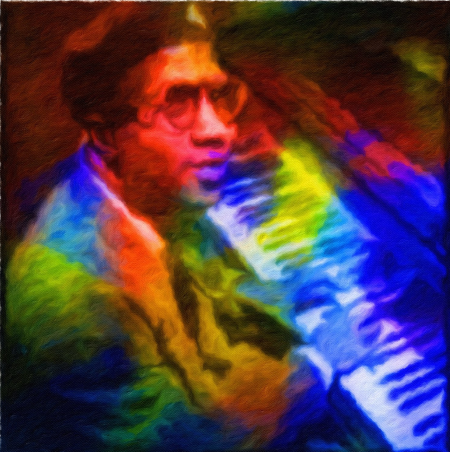
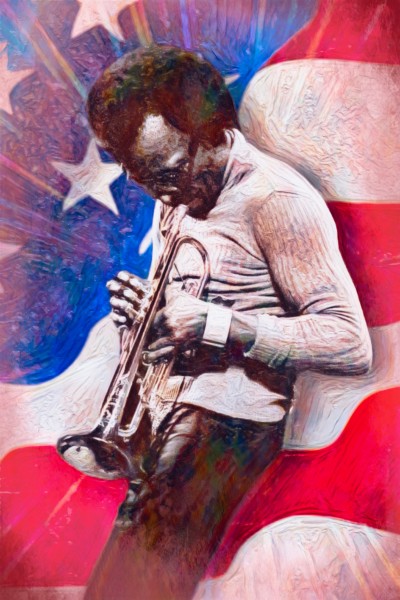
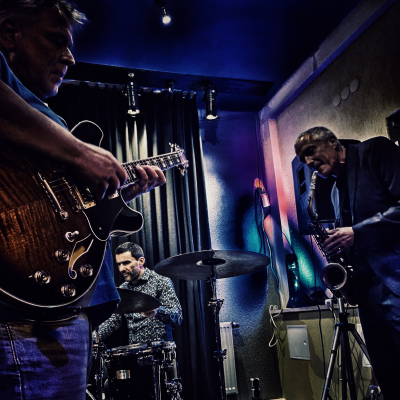
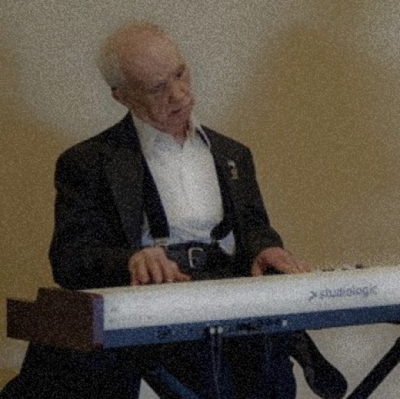

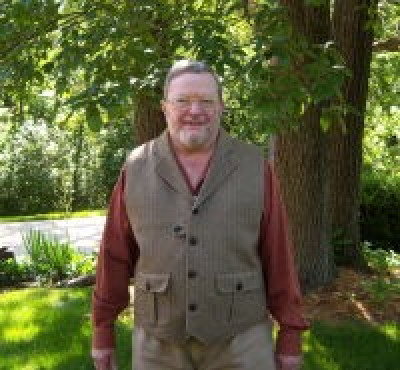

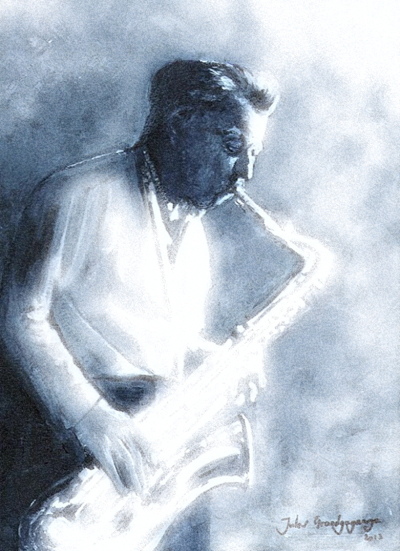

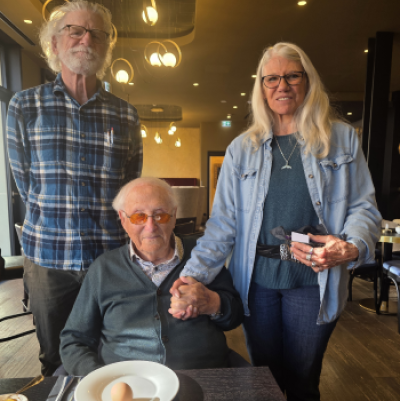

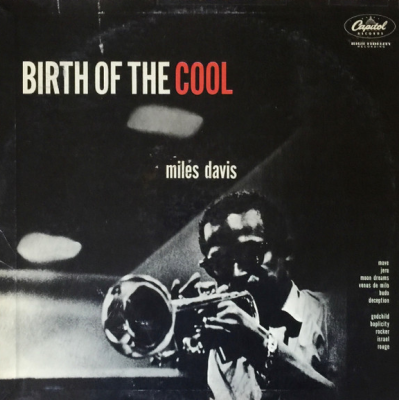
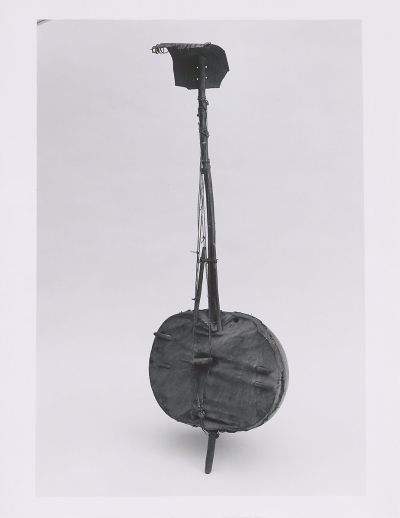



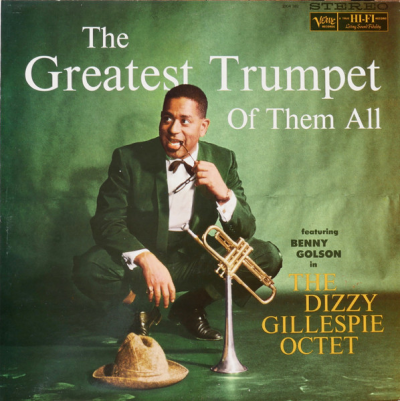
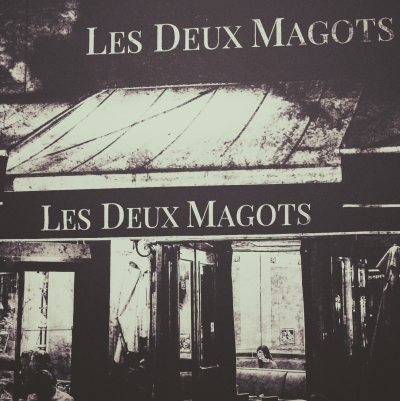

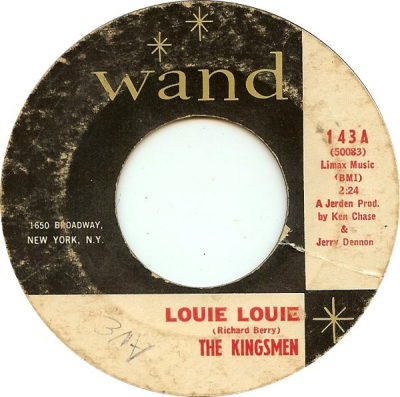
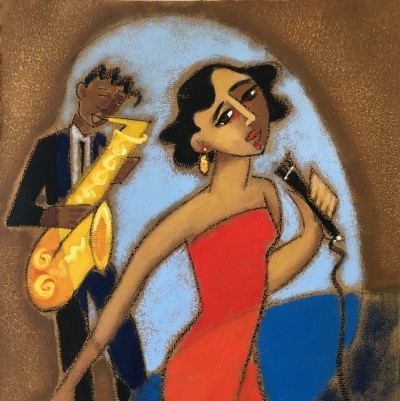
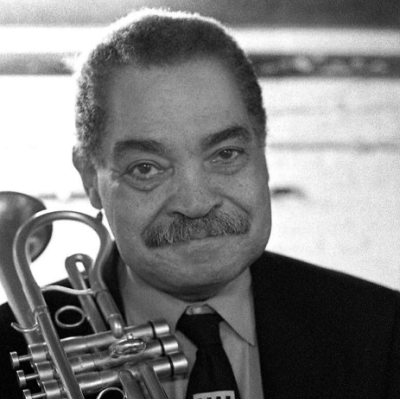












One comments on ““Accent on Youth,” by Sam Bishoff”